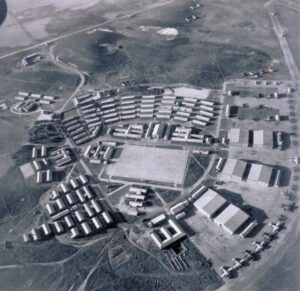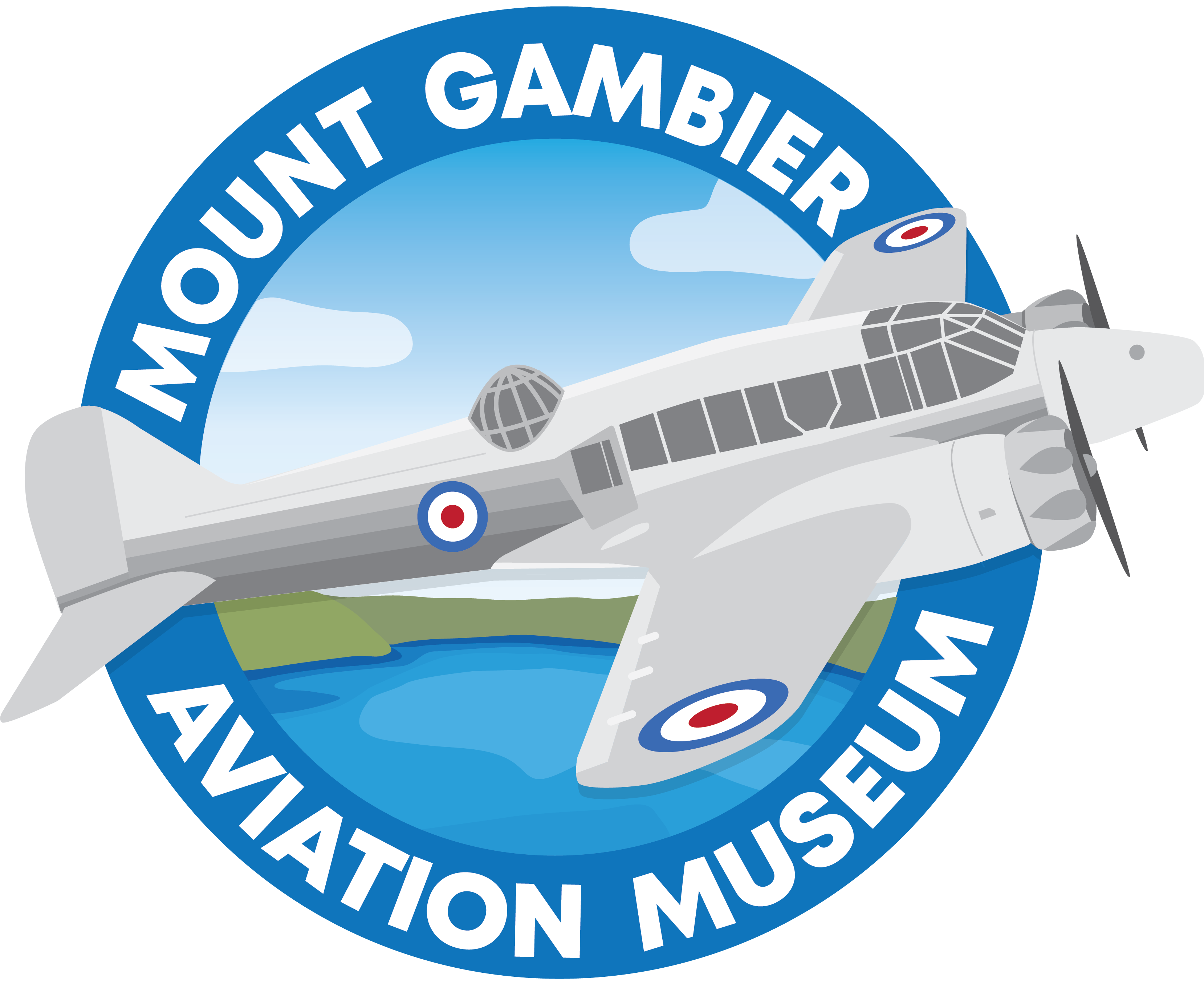
welcome to the mount gambier aviation museum
At the Mount Gambier Aviation Museum, we aim to collect, preserve, and promote the rich aviation heritage and history of the geographical area of the Limestone Coast, South Australia, and Western Victoria. Our mission is to tell the compelling stories of our region’s aviation contributions, from early aviation displays to wartime service, commercial air services, and the role of emergency services like the Royal Flying Doctor’s Service and Fire Aerial Protection.
OUR MISSION AND OBJECTIVES
Highlighting Aviation’s Role: We aim to highlight the substantial contribution of aviation to the history and ongoing development of Mount Gambier.
WWII Air Navigation School: We are dedicated to researching and recording the history of the RAAF Air Navigation School and RAAF Air Observer School during World War Two.
Preserving Aviation Heritage: We are committed to collecting, preserving, and displaying artefacts related to aviation in Mount Gambier and its surrounding districts, ensuring this heritage is accessible to future generations.
Adhering to Standards: We are committed to adhering to Museums Australia standards and accreditation, as well as the Museums Australia Code of Ethics.
Our future plans
While we work diligently towards establishing a physical museum, we are also in the process of digitising our collection materials to create a comprehensive digital archive. This digital archive will be accessible in the near future.
Get involved
If you share our passion for aviation history or believe you have material that aligns with our aims and objectives, we encourage you to get in touch. Your support and contributions are invaluable in helping us achieve our mission.
our logo

The Avro Anson is a British twin-engine, multi-role aircraft built by the aircraft manufacturer Avro.
The Royal Australian Air Force received a total of 1,028 Avro 652A Anson Mk.1s between 1936 and 1944 when the last wartime orders were shipped from Britain. Powered by two Armstrong Siddeley Cheetah 9 radial engines, the dependable Ansons, popularly known as Aggies, were used for a wide range of operational and training duties.
The Anson was the RAAF’s first retractable undercarriage, low wing monoplane, and served in great numbers (1,028 aircraft) following 1935 orders, when the RAAF set out to modernise its equipment. It was initially intended for general reconnaissance, and particularly maritime patrol. The majority were GR.1 versions, delivered between 1936 and 1938.
It began to be replaced in the maritime role by the Lockheed Hudson from 1940. Already dated, the Anson moved to its well-remembered role as a multi-engine, observers, gunners and navigators training aircraft within the Empire Air Training Scheme as well as a continued role in anti-submarine patrols off eastern Australia from 1942.
